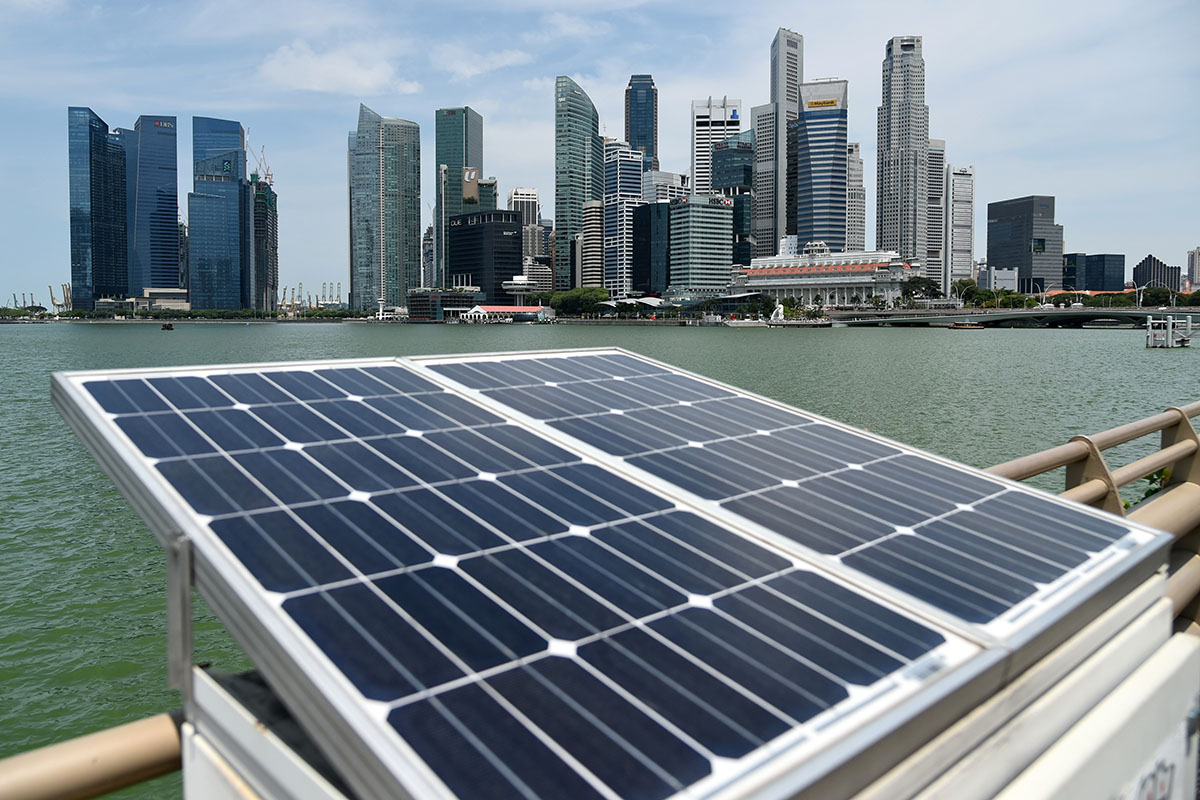Although Southeast Asia hopes to make renewable energy 23% of its total primary energy by 2025, at present, its energy mix still consists largely of oil, coal and natural gas, according to the 2017 Southeast Asia Energy Outlook Report.
One of the ways in which Southeast Asian governments have pushed for renewable energy use within the region is through the effective implementation of strategic tax policies. In general, a mix of tax policies are employed to encourage renewable energy use and at the same time, discourage overreliance on fossil fuels. Essentially, tax policy works in either one of two ways: by making fossil fuels less economically viable or by making it cheaper for renewable energy implementation overall.
Carbon taxes are one instance of use of tax policy to offset the economic viability of fossil fuel use in Southeast Asian nations. In Southeast Asia, Singapore has been the first to implement such a tax. According to its recent budget tabling, the carbon tax will be set at the rate of SG$5 per tonne of emissions, affecting facilities which produce emissions in excess of 25,000 tonnes or more annually. The first phase will be carried out between 2019 and 2023, and made subject to review, by which time, the carbon tax rate is expected to be increased to between SG$10 and SG$15 by 2030.
"It will be instrumental in helping Singapore reach its carbon reduction target of 36%. Pricing carbon is the most efficient, fair and cost-effective way to meet this commitment," explained Isabella Loh, Singapore Environmental Council Chairman to The Straits Times in February, 2018.
In fact, carbon taxes are based on sound economic principles, The Economist argues. Putting a price on carbon emissions places social responsibility for carbon usage back to where it rightfully belongs. In economics terms, carbon emissions represent a negative externality. According to financial education website Investopedia, an externality is the consequence of an economic activity experienced by unrelated third parties, which can be regarded as either positive or negative. Taxing the negative externality would in principle increase carbon usage costs, and hence deter further carbon use.
A possible use for the monies collected can then be invested in clean energy technologies, such as solar PV panels, clean coal technology, or wind turbines, depending on the landscape of the country.
Singapore, for one, hopes to collect SG$1 billion from this exercise in the first five years, its finance minister, Heng Swee Keat said during the recent budget announcement in February, 2018.
The likely success of carbon taxes in Singapore could serve as a model for other Southeast Asian nations to follow. According to research by Ditya A Nurdianto and Budy P Resosudarmo published in the Journal of Southeast Asian Economies in 2016, at this stage, carbon taxes in Southeast Asia could come at the cost of contractions in national GDP, due to its adverse effect on countries with a heavy focus on manufacturing and agriculture in particular.

Source: International Energy Agency (IEA)
Emissions trading schemes (ETS) are closely related to carbon taxes in that, they too make businesses pay for the excess emissions they incur. Such schemes are usually governed under a single body which is responsible for setting a cap on allowable emissions on different firms. This cap is reduced over time in order to ensure a consistent decline in overall emissions. Firms can trade allowances between themselves or keep them for future use. An example of one implemented on a regional level is the European Union’s ETS, which imposes a single cap on emissions across all EU nations. At present, emissions are on-target to hit a 21% reduction from 2005 to 2020, according to the European Commission website.
The declining cost of renewable energy implementation is a recent trend according to the Southeast Asia Energy Outlook Report 2017. Thus far, it has been government tax policies, such as exemptions and allowances which have encouraged businesses to develop renewable energy in the first place. In this way, the high costs of building renewable energy infrastructure can be offset.
Malaysia, for example, has tax allowances on renewable energy technologies, assets and tax exemptions on services and projects through to 2020, according to the Malaysian Investment Development Authority (MIDA) website.
The Philippines, meanwhile, makes provision for tax holidays and tax exemptions.
The purchase, grid connection and generation of electricity from renewable energy sources is also exempted from value-added tax.
Tax policy can also be employed to stabilise local renewable energy use despite fluctuations in the global prices of energy sources. Vietnam, for one, is looking at the possibility of raising environmental taxes on petroleum and petroleum related products as a way to balance the recent drop in import taxes on petroleum-based products. Energy companies in Vietnam are not taxed for the first four years of business, followed by tax reductions of up to 50% in the nine years of operations that follow.
It must be noted moreover, that tax policy is not a standalone mechanism to push renewable energy use. Vietnam’s allowance of 100% foreign ownership of companies involved in its energy sector is one booster that has encouraged higher foreign direct investments in solar power development there. Some solar projects currently under development include Thein Tan Group’s five large solar projects to be developed in Ninh Thuan by 2020 and a 168MW solar project currently being jointly developed by InfraCo Asia Development and Sunseap International.
It is difficult to directly correlate higher renewable energy use with effective tax policy implementation alone, as most countries employ a mix of policies including feed-in-tariffs (FiTs), for example. It also very much depends on the country’s regulatory framework to encourage such investments by foreign players. Tax policy is a supplementary policy, but can be really effective if strategically positioned.
